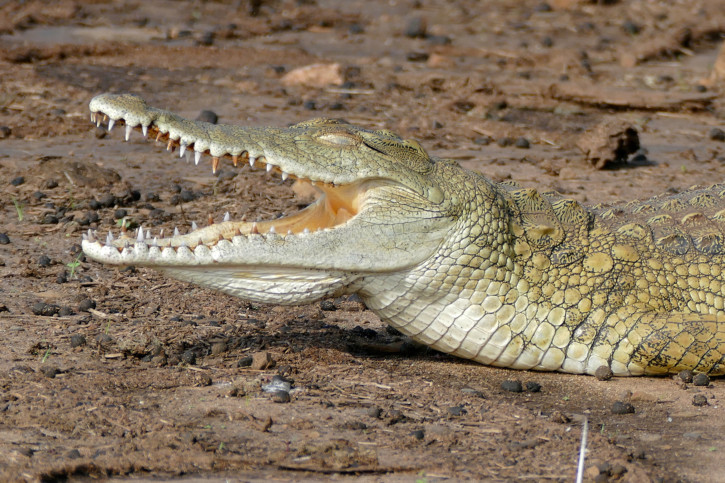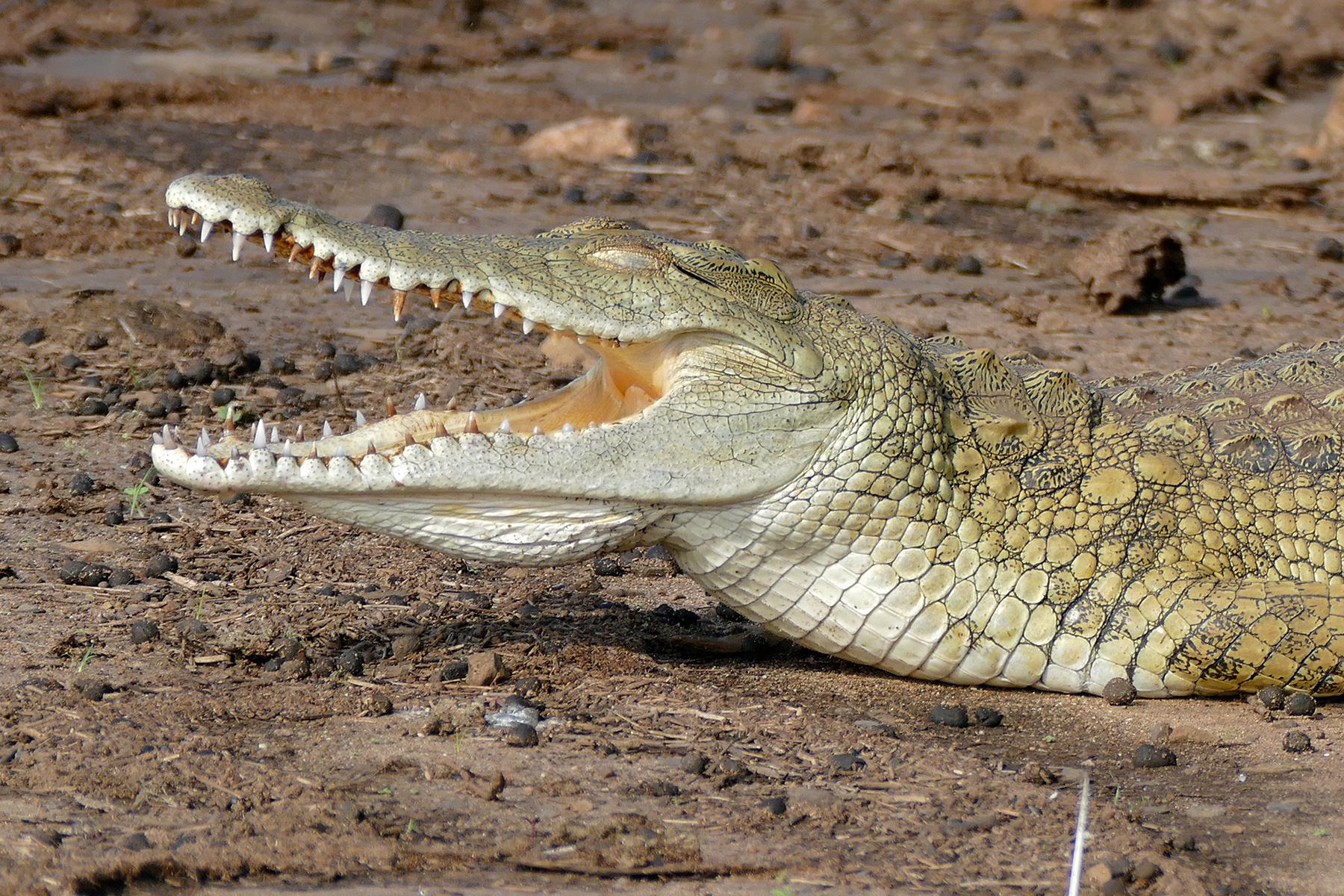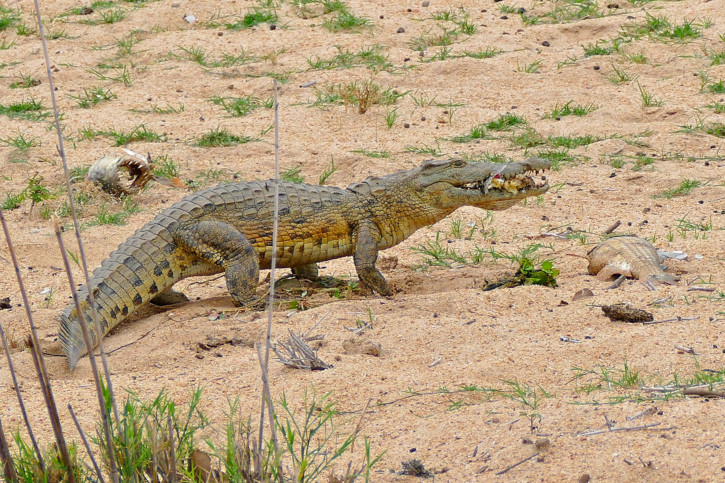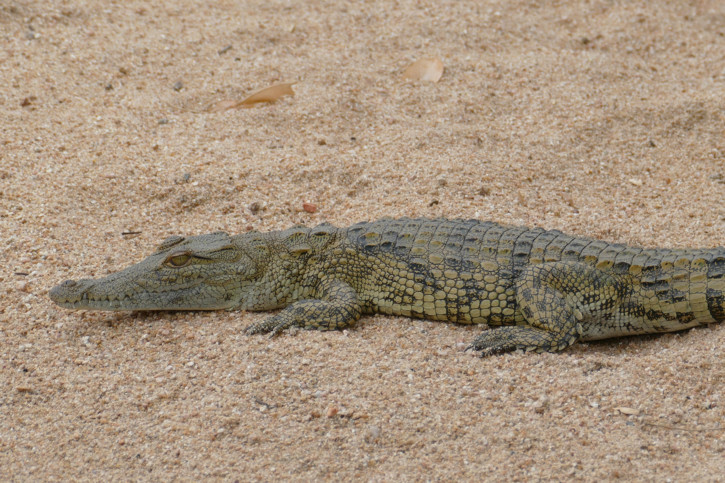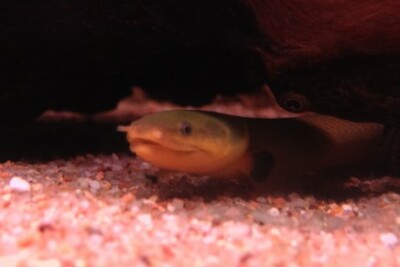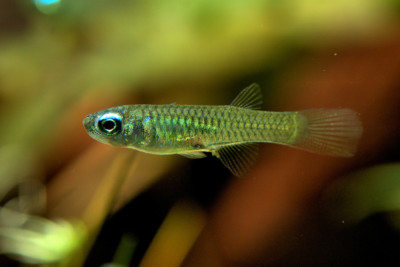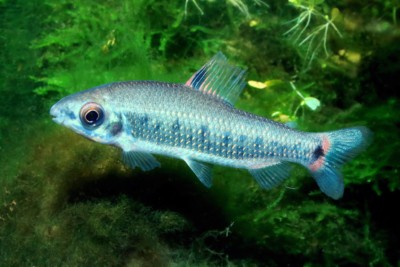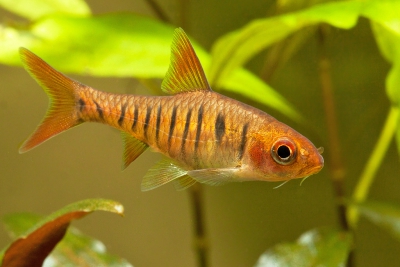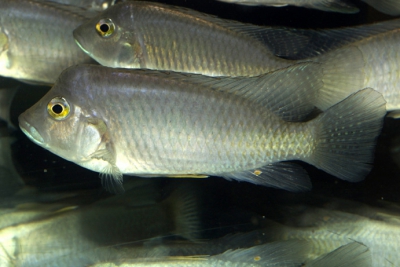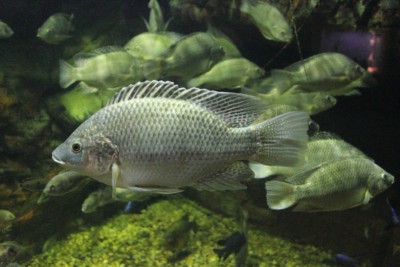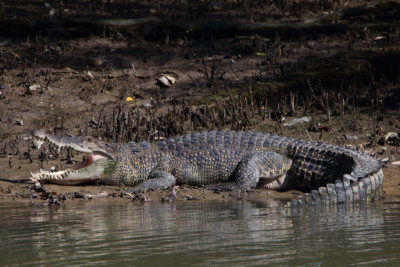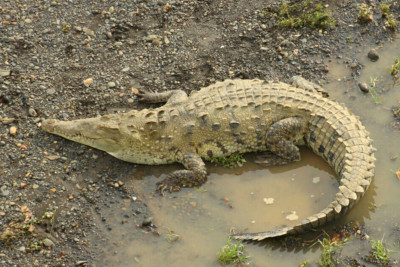Introduction
With males measuring up to 6 meters, the Nile crocodile is the largest crocodile in Africa, and probably the second largest in the world after the saltwater crocodile. It is present in 26 countries in the center, east and south of the continent. In the north, populations are present in Egypt and Sudan.
In ancient Egypt, Sobek, the god of water and fertility, was represented with the head of a nile crocodile. The animal was therefore sacred and its presence on the fertile banks of the Nile foreshadowed the arrival of floods favorable to crops.
Even today, the Nile and all its creatures are important to the Nubians. This people had to leave their ancestral lands at the time of the construction of the Aswan Dam. But Nubians from some villages try to keep the tradition alive by raising nile crocodiles in their own homes. This attracts some tourists.
While peaceful coexistence between the nile crocodile and humans seems sporadically possible, this species remains dangerous. According to CrocBITE, between 2010 and 2020, the number of fatal attacks was 696 out of a total of 1005 attacks (69% fatalities). These statistics make it the most formidable of crocodiles, ahead of the saltwater crocodile (668 fatalities out of 1350 attacks).
Like most of its peers, nile crocodiles were intensively hunted for their skin between the 1940s and 1970s. Their skin is among the most sought after, along with that of the saltwater crocodile and some alligators. It is therefore also one of the most expensive. Since the late 1970s, the species has been protected and listed in Appendix I, or II for certain countries, of CITES.
Thanks to this protection, most populations have been able to recover. The IUCN conservation status is "Least Concern". But this does not mean that there are no threats to these crocodiles: urban expansion, habitat degradation, human-crocodile conflicts among others.
Who is it?
Morphology
-
Female size300 - 420 cm
-
Male size500 - 600 cm
-
Weight450 - 1000 kg
-
Motifdrawn scales
-
Mimicryplants
-
Longevity100 year
-
Female size300 - 420 cm
-
Male size500 - 600 cm
-
Weight450 - 1000 kg
-
Motifdrawn scales
-
Mimicryplants
-
Longevity100 year
How to recognize This reptile ?
The color of adults is quite variable, ranging from brown to gray. Their belly is always light in color. Juveniles are olive-brown, with dark stripes on the tail and body.
The head is triangular with a broad snout.
As in other Crocodylus, the sharp teeth are clearly visible.
Sexual dimorphism
As with most crocodiles, males are larger than females. They reach over five meters as adults, compared to three meters for females.
Behaviour & Life cycle
-
Sociabilityliving in a group or alone
-
Way of livingnocturnal
-
VenomousNo
-
Dietpredator
This species is known to emit sounds easily audible by humans.
The nile crocodile is at the top of the food chain. It is a carnivore, opportunistic, and feeds primarily on crustaceans, fish, amphibians, and lizards. Larger individuals can also hunt mammals. Juveniles feed on insects or small amphibians. Adults hunt day and night.
During hunting, cooperative techniques have been observed: when capturing a large prey, two crocodiles can each bite off a piece and dismember the prey for easier consumption.
Like other crocodiles, individuals of this species must regulate their body temperature by alternating between periods of immersion in water and periods in the sun. The alternation helps maintain a temperature between 19°C and 29°C. The warming of the body helps the animal digest its meals.
In South Africa, during the dry and cool season, some specimens are also capable of hibernating by retreating into caves until temperatures rise again.
In their movements, crocodiles are as agile on land as they are in water. Their powerful tail also allows them to propel themselves in water.
Although solitary, these crocodiles are capable of communicating with each other through roars. This growl is mainly used during the mating season. Newly hatched young can also emit this type of cry to seek protection from their mother.
Adults have no predators, but juveniles are particularly vulnerable. They may be preyed upon by large fish, wild cats, or raccoons.
Reproduction
-
Reproductionovipare qui enfouit ses œufs
-
Clutch size35 - 60 eggs
Reproduction is seasonal, during the rainy season from November to April. During this period, dominant males will mate with several females on their territory.
The female then digs a nest on the bank, similar to turtles. She lays 35 to 50 eggs which will incubate for 75 to 95 days before hatching. The mother will defend her nest throughout this period. After birth, she will guard her young for 6 to 8 weeks.
The sex of crocodiles is determined by the temperature of the nest: males are born when the temperature is between 31 and 34°C. Females are born with lower or higher temperatures. The minimum temperature of the nest must be 28°C: below that, the eggs will not hatch.
As hatching approaches, the young make cries to alert the mother. She then clears the nest and helps the young to hatch from the eggs. At birth, they measure about twenty centimeters. She then carries each young in her mouth to the nearest water.
More than half of crocodile eggs will not hatch, due to infertility, too high nest temperatures, flooding that would wash away the nest, etc. The newborns themselves will be easy prey for fish, birds. Ultimately, only a limited number of individuals will reach adulthood.
Sexual maturity occurs around 2.6m for females and 3.1m for males.
Harmless species
The nile crocodile is very dangerous, with nearly 70% of attacks being fatal between 2010 and 2020 according to CrocBITE (a tool for recording crocodile attacks set up by the IUCN crocodile specialist group. Together with the saltwater crocodile, it leads the ranking of Crocodilian attacks counted.
With the rebuilding of populations in some areas, contacts with humans are more frequent, leading to an increase in the number of attacks. This is why programs for human-crocodile coexistence are essential. These involve managing "problem crocodiles" as well as providing proper training to populations on behaviors to ensure their safety.
Crocodile attacks occur if they have been provoked, if they are in search of food, to defend their territory, or to protect their nest.
In general, it is important to respect danger signs, not swim in murky waters, and stay at least five meters away from the banks.
Origin and distribution
Geographic distribution & Conservation
The nile crocodile was intensively hunted until the 1970s for its highly sought-after skin by the leather industry. Thanks to the species' listing in Appendices I or II of CITES, as well as the implementation of conservation programs, and strict regulation of skin trade, populations have been able to recover.
The IUCN notes, however, that nile crocodile population densities are positively correlated with the creation of protected areas. Conversely, they are negatively correlated with the expansion of human inhabited areas.
In areas where the number of crocodiles is increasing, attacks on humans have become a major problem, as the animals are killed in retaliation.
Conservation status of populations (IUCN)
What is its habitat?
Natural environment characteristics
-
Temperature18 - 35 °C
-
FlowSlow and Stagnant
Biotope presentation
This species frequents large lakes, rivers, and freshwater marshes.
Species of the same biotope
To go further
Sources & Contributions
Participation & Validation
The Fishipedia team and specialist contributors are committed to providing high-quality content. However, although the information comes from scientific sources or testimonials from specialists, the cards may contain inaccuracies.
Translation
Translation done with the valuable contribution of our translators, who make this information available to a wider audience. We sincerely thank them for their commitment.
Bibliographic references
- - GBIF
- - Fergusson, R.A. 2010. Nile Crocodile Crocodylus niloticus. In: S.C. Manolis and C. Stevenson (eds), Crocodiles, status survey and conservation action plan, pp. 84-89. Crocodile Specialist Group: Darwin. - Fergusson, R.A - Crocodile Specialist Group: Darwin. IUCN - 2010.
Scientific partners
Tags
Same genus
Species of the same biotope
